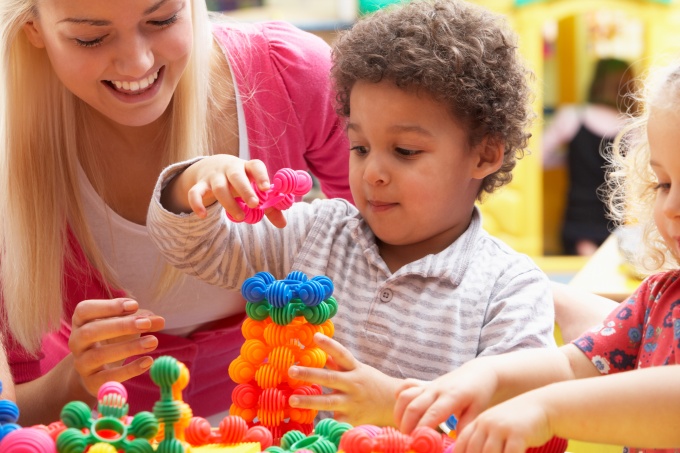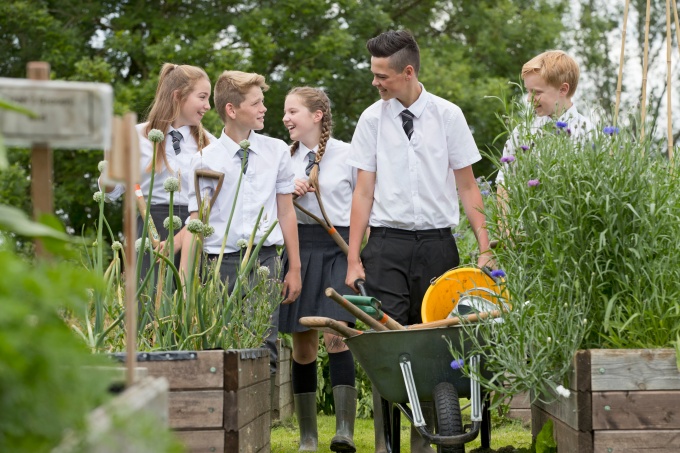Rose Webb is an adolescent specialist at Thrive and a former teacher who worked with young people with social, emotional and mental health needs throughout her career.
Read on as Rose explains how understanding what's happening in a child's or young persons brain can help educators rethink 'bad behaviour'.
Caring for children, whether as a professional, parent or relative, can be a joyful and demanding experience. We watch them wonder, explore, create and play, discovering life's offerings and we share in their delight, feeling good and energised by the part we get to play in their growth.
On the flipside, there are times when we are faced with tears, tantrums, frustration, explosions and distress and we may feel confused and fearful of our capabilities to 'manage' or control the situation. We might worry about what other people think and fear may drive us to shout or lose it ourselves. Staying calm in the face of a three-year-old tantrumming in a public place can be extremely difficult. As the mother of twin boys, believe me, I have been there!
The difficulty is, that when we fail to acknowledge the feelings driving a child or young person's emotional behaviour then we miss a vital opportunity to teach them to 'feel and deal' with their emotions.
Understanding brain development from childhood to adolescence
Children's brains are developing through infancy and childhood all the way through to the completion of adolescence, which evidence shows is around the age of 25. We know at these different developmental stages, children and young people need us alongside them to teach them the social and emotional skills required to become emotionally-resilient, intrinsically motivated adults, who are skilled in communication and relationships, guided by their well-developed value systems.
The adult's role at these different stages changes as children need different things at different times. They require us, as adults, to adapt and change with them, staying curious, present, emotionally-available and empathic. This is not always easy when the demand can be so high and when we haven't necessarily had our emotional needs attended to in our own development.
Behaviour is a form of communication
If a child is showing us that they are in distress, then we know there is an emotional need that we can meet to support them so they learn how to calm themselves and respond to their feelings, rather than reacting. It is well-evidenced that when we are experiencing perceived threat or danger our bodies go into the fight, flight or freeze response. This is how we keep ourselves safe from danger and survive threatening situations.
At Thrive we have developed a model for better understanding and meeting children's emotional needs. We understand that the starting point for each child is going to be different. By assessing where a child or young person may have missed out on opportunities for developing specific social and emotional skills and the capacity to regulate stress, we can identify what to do and how to be, so that they are better prepared to face challenges in life and in learning.

How responses to perceived threats often leads to exclusions
Unfortunately, the system that has adapted to support survival can also cause troubling and challenging' behaviours. Our previous experiences shape the amount of emotional response that we can tolerate before we tip into running from, confronting or shutting down, in the face of perceived threats.
If we look at incidents of exclusion and isolation in schools, it is usually these activated threat response systems that lead to sanctions. Once any of us is operating from this place of survival, feeling for another, thinking about consequences, choosing how to act, are all options that are unavailable to us. We need to be calmed and supported to come back into relationship with another, to be able to understand what happened.
Understanding the triggers that leads to particular behaviour
If we are punished and told to calm down, we don't learn about the feelings or triggers that lead to our behaviour and, without this, we can't do things differently next time. Consequently, we see the same students in detention, isolated or excluded, time and time again. We need to adopt an approach that teaches and empowers, from a position of insight and expertise to change this.
Our jobs as adults isn't to get it right or be perfect all the time, we're human after all. We are faced with an opportunity, though.
Neuroscience tells us about how and why we develop socially and emotionally in the way that we do. Using this information and the wealth of expertise now available to us, we can shape the emotional and mental health of future generations.
Through skilled and purposeful relationships, as parents, carers and professionals, we can help all children to thrive.
Over to you
Reduced anxiety and behavioural incidents. Calmer classrooms filled with engaged leaners. Improved relationships with parents and carers. These are just some of the outcomes reported by settings embedding Thrive’s whole-school approach to mental health and wellbeing. Are you ready to join them? Click here to get started.
Pass it on
Small actions can lead to a big ripple effect. If you enjoyed this post or found it helpful, please consider supporting us in our mission to help every child and young person feel safe, supported and ready to learn by sharing it using the social media buttons below.
Want to join a like-minded community of senior leaders and classroom staff benefitting from insights and strategies to improve attendance, behaviour and attainment? Add your email address below. (It’s easy to unsubscribe).

_680.jpg)
(2)_680.jpg)


(2)_680.png)